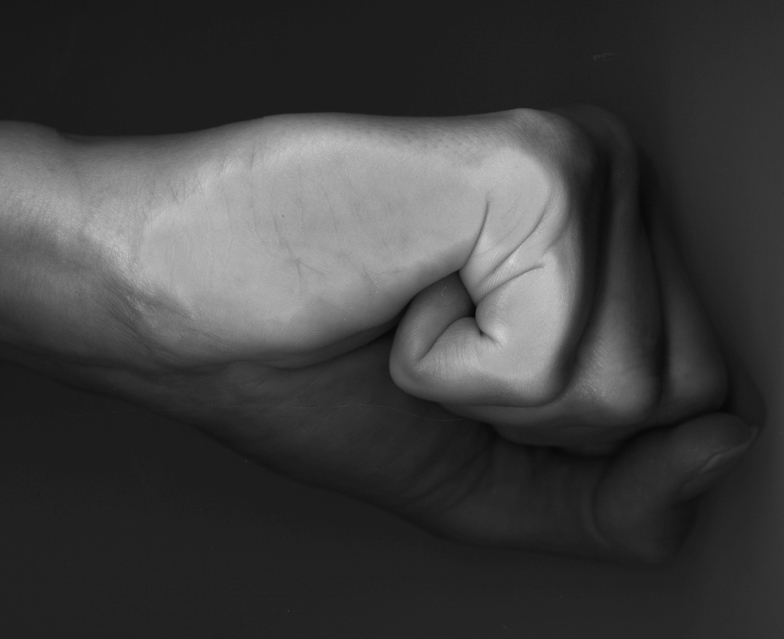There is a fundamental error that I see many musicians make when positioning their instruments in preparation to play. It usually begins seconds before the first note is produced. It might seem like a small thing, but it can have big consequences.
What is it?
It’s in how musicians bring their instruments to themselves to play.
Notice I said, “bring their instruments to themselves.” In a sense this is a misnomer. Because in truth, the real problem is that rather than bringing the instrument to themselves, many musicians bring themselves to the instrument. And they often do so in such a way as to compromise their balance, flexibility and coordination.
Allow me to clarify.
The other day I was giving a first Alexander Technique lesson to a violinist, who came to me because of unresolved chronic neck pain. We spent a good part of the lesson exploring and clarifying her natural balance as she sat, and as she stood.
(We do this in order to bring her most basic postural and movement habits to light. More specifically we’re looking at how her habits might be interfering with the way she moves, balances and maintains positions with respect to her bodily structure, and how that structure work best with gravity. How she might be unconsciously “fighting herself”.)
Once I was reasonably sure that my student was aware of (and at least somewhat able to prevent) the most obvious habitual interferences to her balance and coordinatin as she sat and stood, I then asked her to play her instrument.
What I saw was a habit that is common to many musicians: She was there, sitting in fairly good balance (based upon our brief work). But as she brought the violin up to her chin, she (simultaneously) began to pull herself downward (and somewhat sideward) into the chin rest.
So once the violin was in position to play, my student had lost the easy, elastic and flexible balance she had, and had replaced it with a rather stiff and inflexible “position”. (This is all driven, of course, by habit; and that’s where our real work begins.)
It took a significant amount of intention and conscious direction for her to stop this from happening. (This goes to show how powerful the habit of “position and posture” can be to a musician.) But she has made a step in the right direction. (She’s also going to re-consider the height of her shoulder rest, to see if it’s “inviting” her to pull downward.)
And I see such similar habits with so many instrumentalists: I see saxophonists (playing with the neckstrap adjusted too low) pull their heads down into the instrument (not good for your airstream or the freedom of your jaw and tongue); I see trombonists pulling their heads (like the violinists) down and sideways into the horn. I see guitarists hunched over an instrument that is too far (or sometimes, too close) to themselves. And so on.
It’s almost as if there is a fixed perception of where the instrument needs to be in space. And that perception demands that you distort yourself into position to meet the instrument.
So here’s a very simple bit of advice: Bring your instrument to you. Find balance first, as you sit, or stand.
In brief, this means letting your head balance on top of your spine freely as it is poised over your pelvis, with widening shoulders and unlocked knees, letting your weight travel evenly through your body to your sitting bones (if you’re sitting) or through your feet (if you’re standing).
Then practice bringing the instrument to you in such a way that you interfere with this natural balance as little as possible.
If you have to rotate (say, to play flute or violin), see if you can do so by “thinking upward” so you’re not pulling downward into tension and imbalance. Let your neck be free and your eyes be lively and engaged as you allow your breath to flow naturally and easily. Then allow your head and eyes to lead your body fluidly into rotation.
Practice this in front of a mirror (highly recommended!) if possible. Do it lots of times, until you feel reasonably confident that you can keep the awareness and intention up as you play.
Then work on bringing your instrument to yourself to play one note (just one!)
Again, do this with the aid of a mirror. Think of maintaining your internal space (so you’re not contracting and twisting) as you move the instrument toward yourself.
If you practice this enough, it will become part of who you are as you play your instrument. Not only will you find less tension and more balance and flexibility in your body as you play, but also, you’ll breathe better and will be more accessable emotionally and creatively to make your best music. Give it a go!

